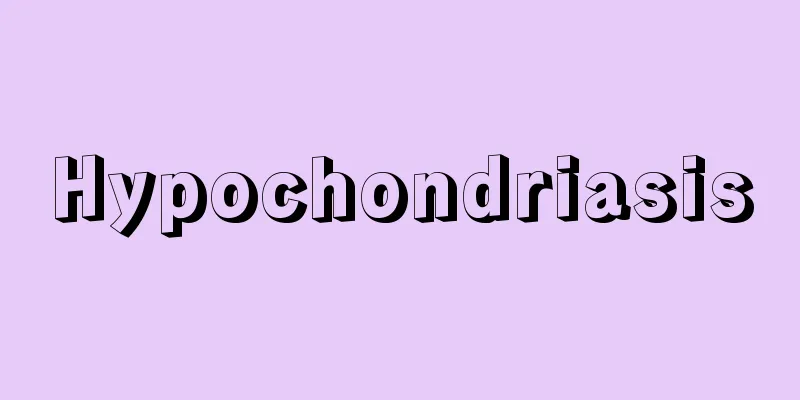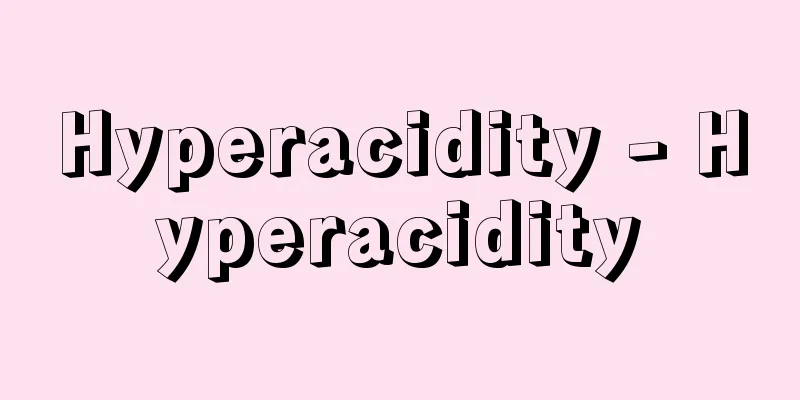Hypochondriasis

What is the disease? Long ago, in China People are trivial Based on the misconception that one may have some kind of disease, the doubt that one may be ill grows stronger, even though no abnormality or disease is found no matter how many tests one undergoes. They are not satisfied with doctors who can assure them that everything is fine, but rather want doctors who can find illnesses. They are surprised and panicked when even the slightest suspicious finding is found or when a medical staff member suggests that they have an illness. They become increasingly afraid that they will eventually die from the illness. This causes problems at work, and sometimes makes it impossible for them to come to work. Family members also seem to be exhausted from having to deal with the anxiety of patients. What is the cause?It may be caused by a past illness or a close relative's illness. Depression is often present, but even if depression improves after taking antidepressants, it may not necessarily improve. Sometimes, there may be a private practitioner or a particular religious belief behind the patient that makes them believe they are ill. Also, the patient's complaints may be influenced by the society and culture in which they live. Caution when making a diagnosisFor example, in the case of a former coal miner who is sensitive to polluted air and breathing difficulties, the most important thing to be aware of is not hypochondria, but the presence of a lung disease. A careless examination that misses a disease should not be attributed to hypochondria. Elderly people often worry about their health, but their concerns are rational and they do not blindly go round to doctors looking for illnesses. In rare cases, hypochondriacs do indeed develop the illness they feared and are told they have only a short time left to live. In my experience, I have been impressed by how the patient no longer worries unnecessarily and instead responds rationally to the reality of their illness. Treatment methodsFirst, you should get a proper examination to see if there is really a physical illness. If the person's anxiety does not go away, it may be necessary to visit multiple reliable medical institutions. Hypochondriasis often coexists with other mental disorders (depression, anxiety disorder, obsessive-compulsive disorder, delusional disorder, etc.). In such cases, treatment of the coexisting disorder may be effective, so it is necessary to visit a psychiatrist. Yoshiharu Kane Hypochondria |
どんな病気か 昔、中国の 人は些細な 自分が何かの病気にかかっているのではないかという誤解に基づき、どんなに検査を行っても異常も病気も見つからないにもかかわらず、自分が病気ではないかという疑念はますます強くなります。しかし、 大丈夫だと保証してくれる医師には満足せず、病気を見つけてくれる医師を求めます。少しでも疑わしい所見が見つかったり、医療スタッフの会話から病気が示唆された時には驚き、あわてます。病気の末に、死んでしまうのではないかという恐怖が強くなります。 そのために仕事に支障が生じ、時には出勤不能となります。家族も、患者さんの不安に付き合わされ、疲れていることが多いようです。 原因は何か過去に実際にあった病気や、近親者の病気などが原因になっていることがあります。うつ病を合併していることが多いのですが、抗うつ薬を服用してうつ病が改善しても、必ずしもよくならない場合があります。 時には、患者さんの背後に民間医療者や特定の宗教的な考えがあって、病気であるという考えを患者さんに与えている場合があります。また、患者さんの訴えは、その社会や患者さんが生きてきた文化に影響されていることもあります。 診断にあたっての注意たとえば過去に炭坑で働いていた人で、空気の汚れや呼吸困難に敏感な人の場合、最も注意すべきなのは心気症ではなく、肺の疾患があることです。粗雑な検査による病気の見逃しを、心気症のせいにしてはなりません。 高齢者はしばしば自分の健康を心配しますが、その心配のしかたは合理的であり、やみくもに病気を探して医者を回るということはありません。また、自分の ごくまれに、心気症の人が、心配していたとおりの病気になってしまい、余命いくばくもないと本当に宣告されてしまうことがあります。筆者の経験では、そのような場合、患者さんはもはや無用の心配をすることをやめ、現実の病気に合理的に対応したことが印象的でした。 治療の方法まずは本当に体の病気があるかどうか、きちんと検査します。本人の不安が消えない場合は、信頼のおける医療機関を複数受診することも必要でしょう。 心気症は、他の精神疾患(うつ病、不安性障害、強迫性障害、妄想性障害など)と合併することも少なくありません。その場合は合併している疾患の治療が有効なことがあるので、精神科への受診も必要になります。 金 吉晴 心気症(ヒポコンドリー)
|
<<: Shinto offerings - Jingishiryo
Recommend
Charaxes
…The pupa is green and not shiny, and like the Da...
dyer's woodruff
... The genus Asperula is closely related to the ...
Contribution - futankin
There are two types of contributions: (1) Money i...
Diamond Wisdom - Vajrayana
Indian monk. His Sanskrit name was Vajrabodhi. He...
Accountability
… [Accounting Functions] The functions of account...
Wood-based mother-of-pearl inlay - Kijiraden
…In China, decoration using shells is said to hav...
Seven nights (celebration) - Oshichiya
...Celebration on the seventh day after birth. On...
Convict - convict
〘 noun 〙 A person who kidnaps people. A person who...
Itokupa - Itokupa
In other words, men belong to the lineage of thei...
Rubbing cloth - Susa
A general term for fibrous materials mixed into p...
Venus - Kinsei (English spelling)
A planet in the solar system that orbits just ins...
Kisitsu Shushi
Years of birth: Years of birth and death unknown. ...
Bambi - Bambi (English spelling) Bambi. A life of adventure in the Walde
An animal tale written by Austrian author Salten....
Income tax - English
In a broad sense, it includes not only personal i...
Samburu tribe - Samburu (English spelling)
They are one of the Nile-Hamitic peoples who live ...









